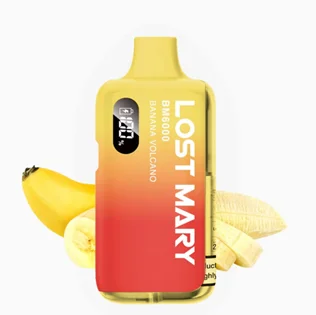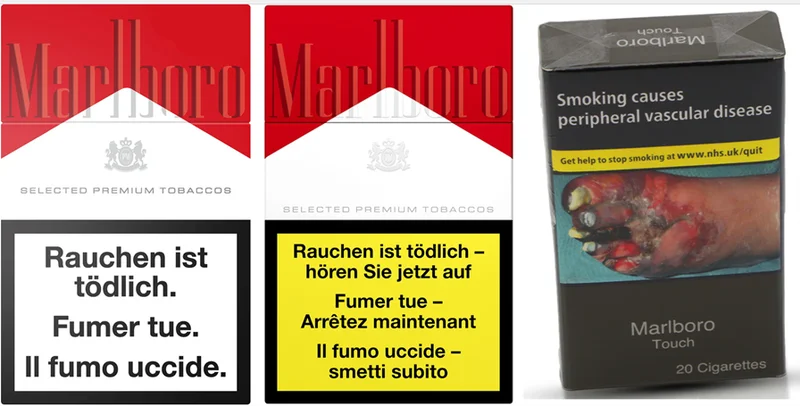- 01.10.2025
- News
The Federal Law on Tobacco Products one year later: a predictable failure!
On October 1, 2024, the new Federal Law on Tobacco Products (LPTab) came into force. This marked the partial conclusion of a long and painful parliamentary process, lasting more than ten years and seeing an initial draft sent back to the Federal Council. The final text, however, remains deeply disappointing, as it offers little real progress compared to provisions already often regulated by the cantons.
One can certainly welcome the extension of the sales ban on all tobacco and nicotine products to minors under 18 (Art. 23). But did it really take more than ten years of parliamentary debate – when some European countries had already adopted this measure over twenty years earlier, such as Ireland in 2002 – to achieve this?
Restrict advertising? Really?
The LPTab of October 1, 2024 came into force… but incomplete. On advertising restrictions, instead of a total ban as recommended by global health authorities for more than 20 years, the LPTab introduces a true “sieve system.” A few marginal supports are banned – such as street posters, which had almost disappeared anyway – but vast grey areas remain.
In terms of advertising, the only real progress is due to the victory of the popular initiative Children without Tobacco. It will allow for a slight strengthening of restrictions, but this remains marginal compared to the actual need to protect young people: https://www.enfantssanstabac.ch/actualites/le-parlement-met-en-uvre-linitiative-populaire-enfants-sans-tabac/
All well and good: in the future, there will no longer be advertising in products that reach children. But who will monitor this? Who will oversee social media like TikTok and Instagram? Who will monitor online gaming platforms? And how can sanctions be enforced in cases of violations if there are no controls? This gap in the current law will remain.
E-cigarettes: a lawless market that continues
For electronic cigarettes, the LPTab merely copies European standards already applied in Switzerland for years: refill volumes limited to 10 ml for open systems and 2 ml for disposables or capsules (Art. 9), with a maximum nicotine concentration of 20 mg/ml (Annex 2).
But behind this regulatory veneer lies a real scandal: the e-cigarette market remains a lawless jungle. For years, AT Switzerland has been warning about this situation (see here https://www.at-schweiz.ch/fr/news-media/news/puff-bars-illegales/ ), but nothing has changed. The LPTab has provided only the illusion of regulation: in shops as well as online, illegal products abound. Disposables and capsules far exceeding the 2 ml limit are available everywhere, without consequence.
And the situation is worsening: a new generation of “semi-disposables,” designed to circumvent the law, is flooding the market. These devices, refillable beyond 2 ml, render the rule completely obsolete. While the authorities look the other way, the industry multiplies its tricks to lure young people with colorful, cheap, and highly addictive products.

Screenshot AT Schweiz
On a well-known Swiss online sales site, we easily find e-cigarettes with illegal volumes. The Lost Mary 6000, available in several flavors, boasts a pre-filled tank of 10 ml. The LPTab prohibits refills of more than 2 ml.
Restrictions on sales to minors: a façade
Checks on the ban on sales to minors are ineffective, and there is no evidence that young people today find it any harder to obtain these products than before. The problem is particularly glaring online. E-commerce sites – especially for e-cigarettes and nicotine pouches – are multiplying without any oversight. Most carry out no real age verification, or only token checks. The same charade is common: a simple question “Are you over 18?” – click “yes” and you can enter… and shop freely.
Warnings: red card for a bit of yellow!
The LPTab also claimed to modernize health warnings on packaging. But from the outset, ambitions were ridiculously minimal: instead of finally introducing plain packaging – as the most advanced countries in tobacco control have done – Switzerland settles for a cosmetic change. Warnings switch from white to yellow, and the photos will be updated… but still relegated to the back of the pack. The most shocking, proven-effective images were carefully excluded.
One year after the law came into force, the verdict is damning: less than one-third of cigarette packs carry the new warnings (checks carried out in around fifteen shops between Bern and Fribourg at the end of September 2025). Worse still: not a single snus pack – already illegally sold without warnings – has been updated. The same is true for nicotine pouches: no compliant packaging could be found. In the chaotic world of e-cigarettes, only a handful of products display the new health warnings. Online, the vast majority of product images remain unchanged – even for conventional cigarettes.
Yet the LPTab gave the industry a full year to adapt. But after this deadline, it still allows the luxury of “running down stocks.” Who actually checks when these stocks are exhausted? Who ensures they are not simply replenished?
In reality, this reform is nothing but a gift to the industry.

AT Schweiz
A bit of yellow instead of white, but the images remain on the back. On the right, a plain English package of the same brand.
A database that serves no purpose
To address the confusion and proliferation of products, the LPTab provides for a content declaration obligation (Art. 26 and 27). In 2025, the FOPH put an official database online: https://www.gate.bag.admin.ch/tabacinfo/ui/home/public
But the law, poorly designed and poorly drafted, leaves gaping holes. A blatant example: nicotine pouches are under no obligation to declare their nicotine content – a central piece of information, completely absent from the database. Similarly, manufacturers are not required to indicate the presence of heavy metals in e-liquids, even though numerous studies have shown they are almost universally present.
Even worse: the LPTab does not even define the purpose of this database. The FOPH, for its part, does not seem to care either. Companies submit their forms, fill in a few fields… and then? Who checks? Who ensures all products are declared? Who sanctions omissions?
To top it all off: manufacturers have a full year to declare a product after it has been placed on the market. In other words, the market is flooded with new products long before they are even registered. We argue that prior declaration should be a mandatory condition for commercialization.
Today, with 6,210 products declared, one question arises: what is the point of this database? To protect public health? To enhance transparency? Or merely to create the illusion of control, while in reality the industry does whatever it wants?
Conclusion
One could analyze further flaws in this law, but the conclusion is already crystal clear: one year after coming into force, the LPTab proves fragile, insufficient, and implemented in the most minimalist way. The shortcomings are everywhere: advertising only “half” banned, cosmetic and slow health warnings, an e-cigarette and nicotine pouch market left lawless, no effective checks on sales to minors, a database that no one oversees…
The result: the tobacco industry can pop the champagne. It has obtained a law that changes nothing about the fundamental market conditions, does not threaten its colossal profits, and allows it to keep flooding Switzerland with ever more attractive, addictive, and accessible products.
While industry profits continue to grow, it is young people and the health of the entire population who pay the price. The LPTab, presented as a historic reform, is in reality a resounding victory for the tobacco lobby — and a dramatic defeat for public health.
Luciano Ruggia, October 1, 2025